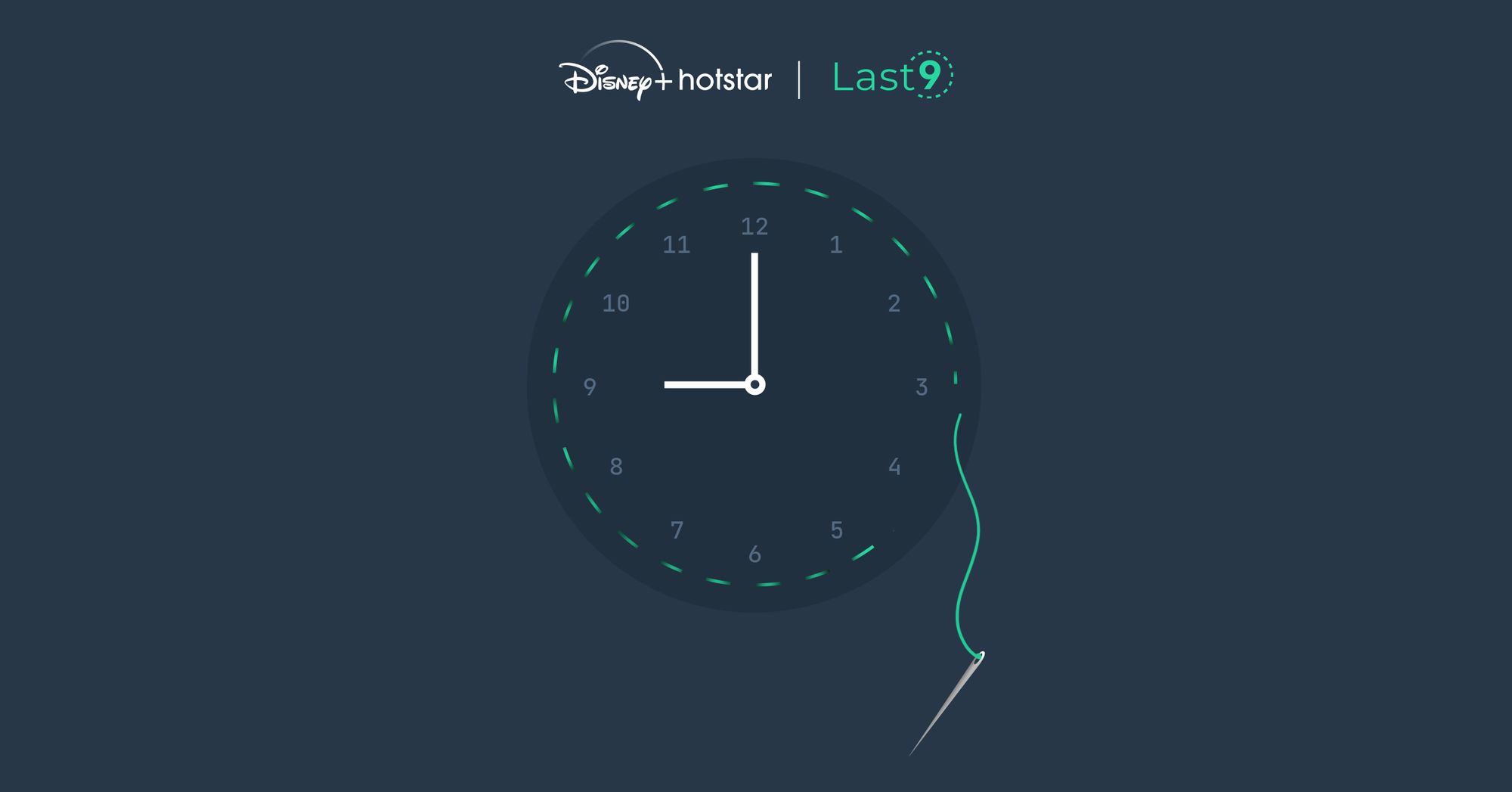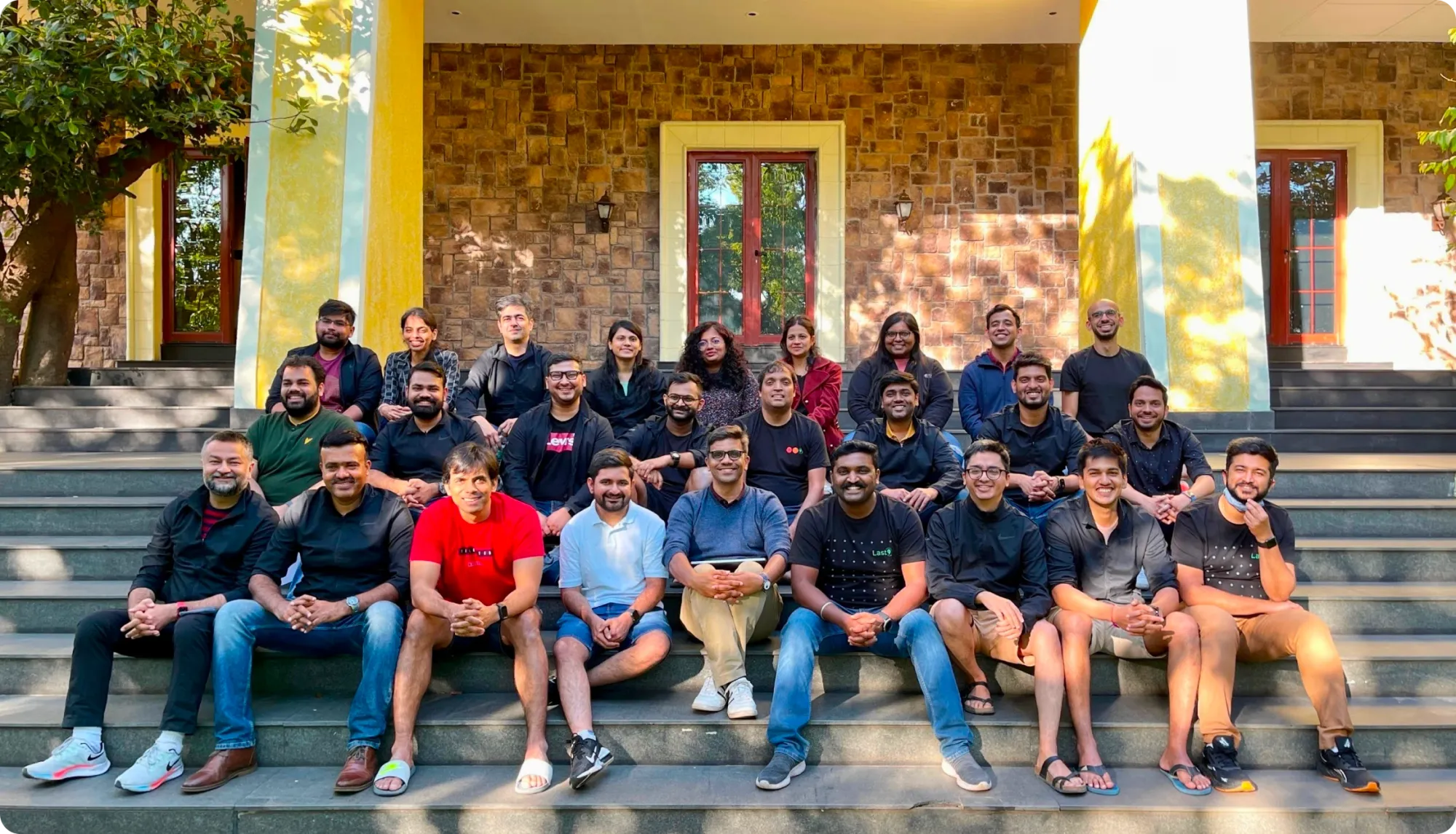Oct 31st, ‘23/5 min read
Challenges with Running Prometheus at Scale
Understanding limitations and challenges scaling Prometheus in modern cloud-native environments. Here we delve into long-term retention, downsampling, high availability, and other challenges.

Scaling Prometheus for robust, long-term critical in modern cloud-native environments comes with intricate challenges. This article explores key considerations and solutions for organizations seeking to maximize the potential of Prometheus while addressing scalability issues. From long-term data retention to high availability and global monitoring views, we'll delve into the following aspects:
- Prometheus Long-Term Retention
- Long-Term Retention & Downsampling in Prometheus
- Prometheus High Availability & Global View
- Prometheus Federation & Single Pane Monitoring
Prometheus - Defacto Standard for Metric-Based Monitoring
Prometheus, born in 2012 to address the emerging demand for cloud-native monitoring solutions, has solidified its position as the de facto standard for metric-based monitoring. Since then, it has become the de facto open-source metric monitoring tool.
Powerful PromQL query language, relative ease of getting started, and a vast ecosystem of exporters (also known as integrations) have propelled its widespread adoption. Its single binary implementation, responsible for ingestion, storage, alerting, and querying, makes it an ideal choice for getting started with metric monitoring. However, as organizations inevitably expand their infrastructure and microservices portfolio, the demand for multiple Prometheus instances grows, leading to substantial management complexities.
In this article, we will delve into common issues faced by organizing while attempting to scale Prometheus.
Prometheus Long-Term Retention
Prometheus is primarily designed as a real-time monitoring and alerting system focusing on high-resolution, short-term metric data. Design decisions to not optimize for long-term storage (LTS) are unequivocally stated by Prometheus maintainers in their official docs.
Prometheus's local storage is not intended to be durable long-term storage; external solutions offer extended retention and data durability.
However, there are several reasons why organizations often need to complement Prometheus with other solutions for long-term metric storage solutions like Thanos.
Deeper insights into the behavior of your systems over time can only be unlocked with long-term retention of metric data. Trend analysis and capacity planning can be enabled after an organization stores metric data for much longer than what Prometheus is capable of. Long-term metric data allows you to correlate events, identify patterns, and understand the context leading up to an issue. Many industries and regulatory bodies require organizations to retain historical monitoring data for compliance and auditing purposes. Storing historical metrics allows you to compare performance and behavior between different periods, helping you assess the impact of changes or optimizations.
Long Term Retention & Downsampling
In the realm of monitoring solutions, downsampling historical data has long been employed as a strategy to not only enhance storage efficiency but also boost query performance. Downsampling involves reducing the rate of a signal, resulting in decreased data resolution and size. This practice primarily serves to improve cost efficiency and performance. As data size decreases, both storing and querying data become more cost-effective and faster, respectively.
Prometheus lacks built-in downsampling capabilities. Consequently, storage costs grow linearly with retention, and queries requesting data from extensive timeframes often lead to Prometheus instances running out of memory and crashing due to the sheer dataset's size. This translates to a longer Mean Time to Detect (MTTD) for issues when you depend on those queries the most.
Thanos & Prometheus
Thanos enables the creation of a long-term metric store with scalable, long-term storage. However, it's crucial to be aware that this approach comes with increased management overhead and associated costs, not only for the infrastructure monitoring system but also for the personnel required to operate it effectively.
Thanos components, such as the Query and Store components, require careful consideration of network topology, data retention policies, and authentication. Transferring metric data from Prometheus to Thanos components can introduce network overhead, especially when dealing with large volumes of data. Along with infra cost, one must plan for network capacity and latency considerations. In summary, while Thanos can significantly enhance Prometheus's capabilities for long-term storage and global querying, it comes with its set of challenges related to setup, configuration, resource management, data consistency, security, and maintenance.
Prometheus High Availability & Global View
To ensure the optimal performance of your infrastructure, applications, and services, it's imperative to establish a highly available and exceptionally resilient monitoring system. Your Prometheus monitoring should have higher availability than even your critical production applications. Moreover, it should comprehensively cover every aspect of your distributed architecture, spanning multiple production clusters across various regions, data centers, and services. Although your applications may be distributed, your DevOps and SRE teams require centralized visualization capabilities, allowing them to correlate information seamlessly across multiple deployments, clusters, and regions within a single dashboard.
High Availability = High Complexity
To address availability challenges effectively, teams often deploy multiple instances of Prometheus, with each instance responsible for monitoring a specific segment of your stack or application. This might include setting up multiple Prometheus instances, redundant storage backends, and multiple load balancers. Ensuring that all Prometheus instances, storage components, and other related tools are running compatible versions to prevent compatibility issues is critical in an HA setup.
Setting up monitoring and alerting for the Prometheus HA components themselves might become essential because of the number of moving parts in your monitoring setup - that is, monitoring the monitor! Even with an HA setup, having robust backup and disaster recovery strategies is crucial. Data loss can occur due to various factors, including configuration errors or software bugs.
Prometheus Federation & The Single Pane Monitoring
The global view dashboard for a decentralized Prometheus setup is achieved by running another instance for Prometheus Federation. Federation is designed to pull in a limited and aggregated set of time series data from multiple Prometheus instances. Attempting to route all your data to a single global Prometheus instance may limit your monitoring capabilities, as one instance can only handle a certain amount of data and resource allocation.
Managing federation configurations across multiple Prometheus instances can become unwieldy as the number of targets and sources increases. Metrics may be collected at different times or frequencies, leading to potential discrepancies. Federation also introduces additional network overhead, as Prometheus instances/nodes must exchange data. This can impact the performance of both the source Prometheus (exporter) and the federating Prometheus. If Federating Prometheus and source nodes are not in the same region/data center, additional planning is required for managing costs and latencies.
Consequently, from a dashboarding and alerting perspective, you must instruct each of your Grafana dashboards or Alertmanager to connect to the appropriate Prometheus instance to retrieve the necessary data. At scale, this can become challenging to manage, as it requires teams to carry context and tribal knowledge regarding where to find specific information. As you add more instances, the overhead for managing these nodes increases, including the need to stay aware of the data within each node. During incidents, this complexity can result in extended Mean Time To Recovery (MTTR), even after investing in and maintaining this elaborate monitoring setup. Consequently, the people cost of maintaining Prometheus as an open-source monitoring system can eventually become the most substantial cost in your monitoring infrastructure.
So What's Next?
Prometheus has revolutionized the monitoring landscape for cloud-native applications, much like Kubernetes has transformed container orchestration. Nevertheless, even tech giants encounter the formidable challenges of scaling Prometheus independently. Each full-time equivalent resource dedicated to maintaining this DIY approach represents one less developer available to innovate and drive your business forward. It may be beneficial to consider managed hosted Prometheus like Levitate.
Empower Your Monitoring with Levitate
Maximize your existing investments in Prometheus and Grafana, tools your team is already well-acquainted with. Let Levitate handle the intricacies of scaling, enhancing visibility, and managing costs behind the scenes. If your organization is grappling with the challenges of scaling Prometheus, we encourage you to give Levitate a spin - book a demo.
Contents
Newsletter
Stay updated on the latest from Last9.
Handcrafted Related Posts

Observability - That Last 9
TL;DR: A stitch in time, saves 9. A discussion on the key blocks of observability.
Akash Saxena

Reliability Tools
A guide through the most popular DevOps and SRE tools for building your reliability stack.
Abhi Puranam

We’ve raised a $11M Series A led by Sequoia Capital India!
Change is the only constant in a cloud environment. The number of microservices is constantly growing, and each is being deployed several times a day or week, all hosted on ephemeral servers. A typical customer request depends on at least three internal and one external service. It’s a densely connected web of systems. Any change in such a connected system usually introduces a ripple. It’s tough to understand these impacts. Alert fatigue, tribal knowledge of failures, and manual correlation acro
Nishant Modak